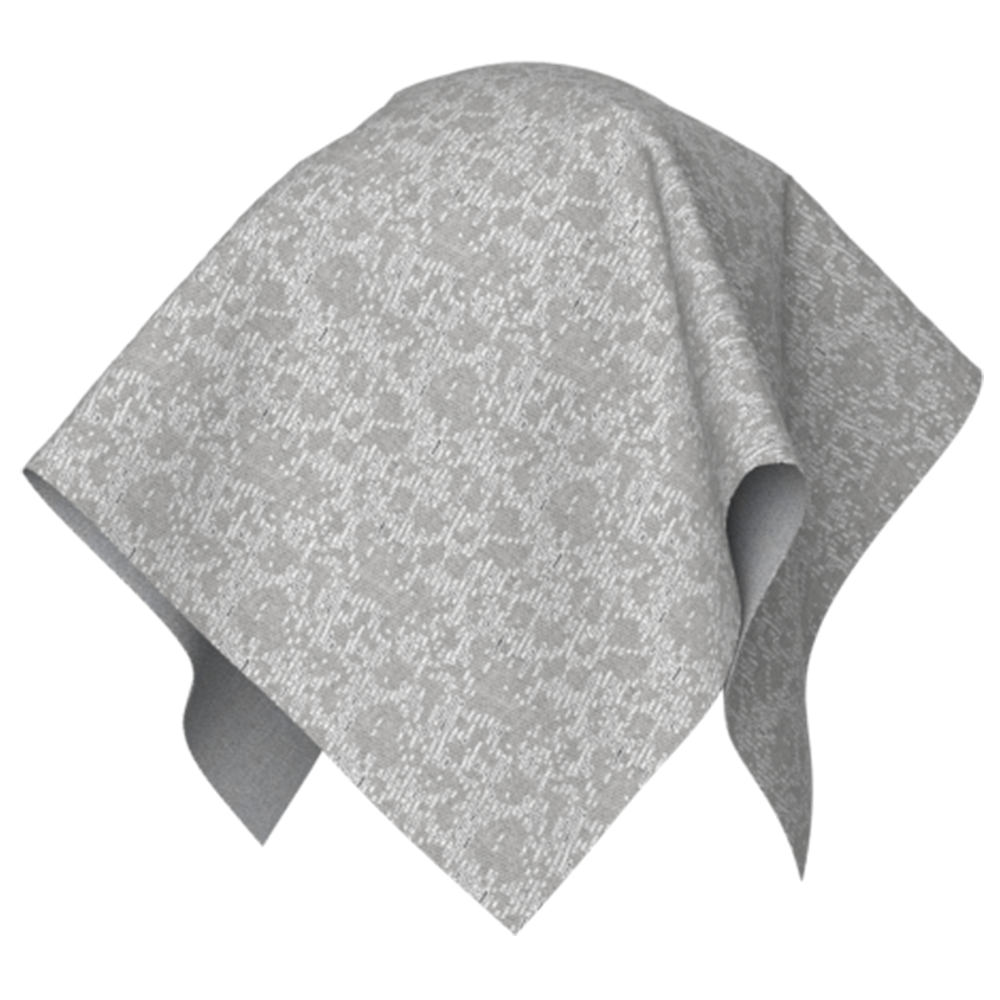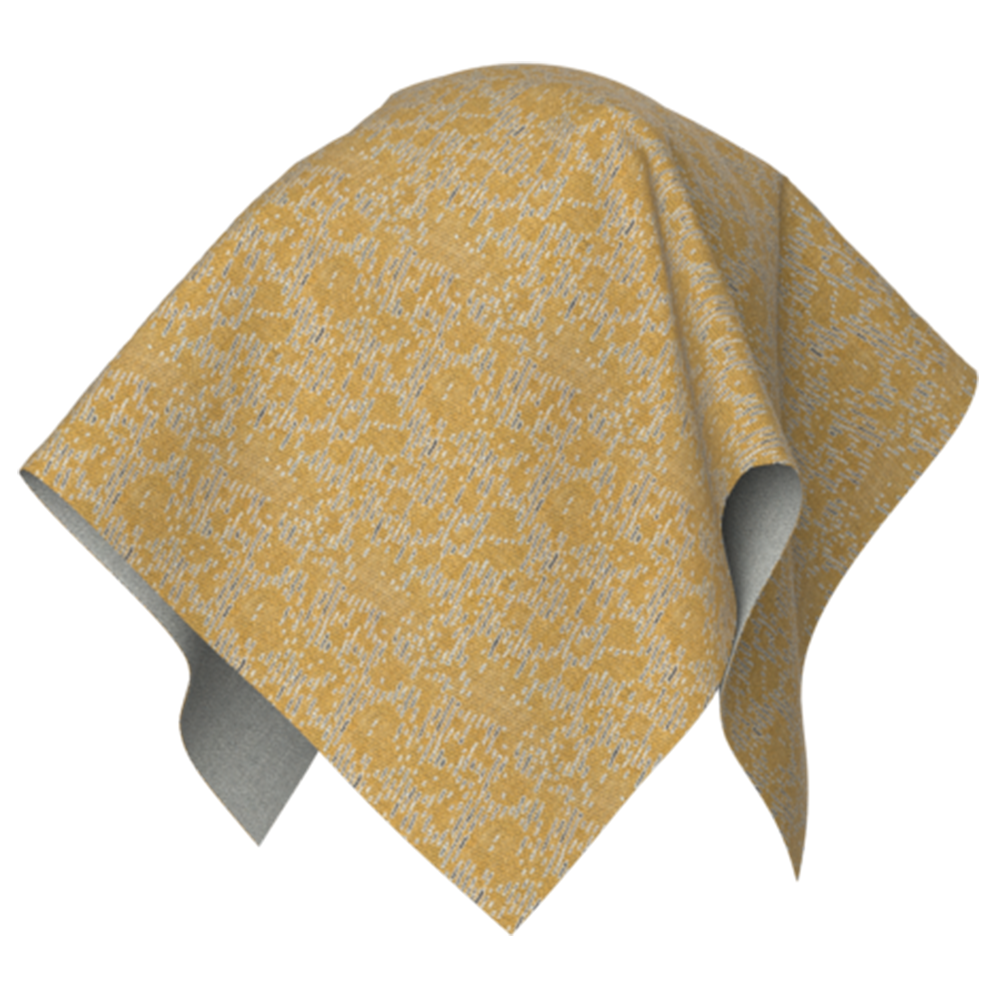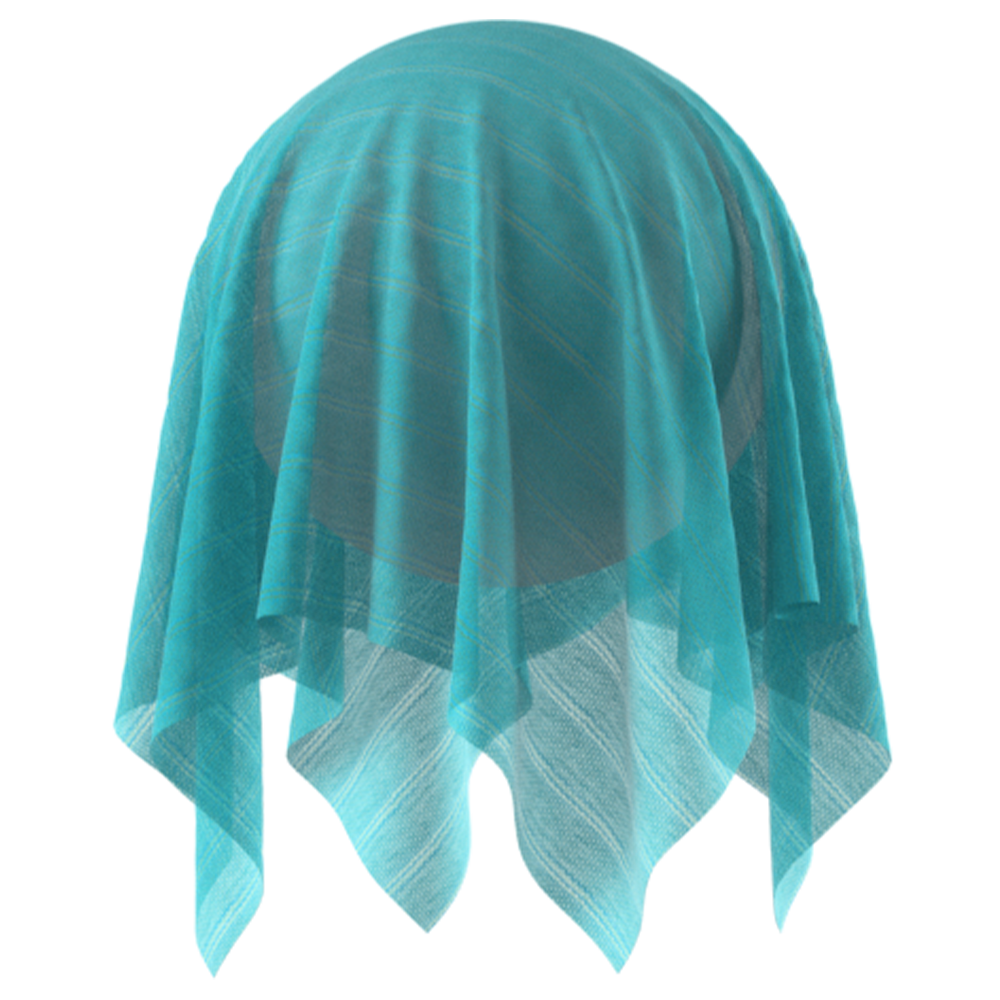These days, more and more of our actions and activities are transitioning to digital and electronic methods—and the worlds of fashion and textile design are no exception. The use of digital fabrics can lead to greater efficiencies for the fashion industry by reducing designers’ reliance on physical samples, accelerating design timelines, and providing more opportunities to experiment with new ideas in less time.
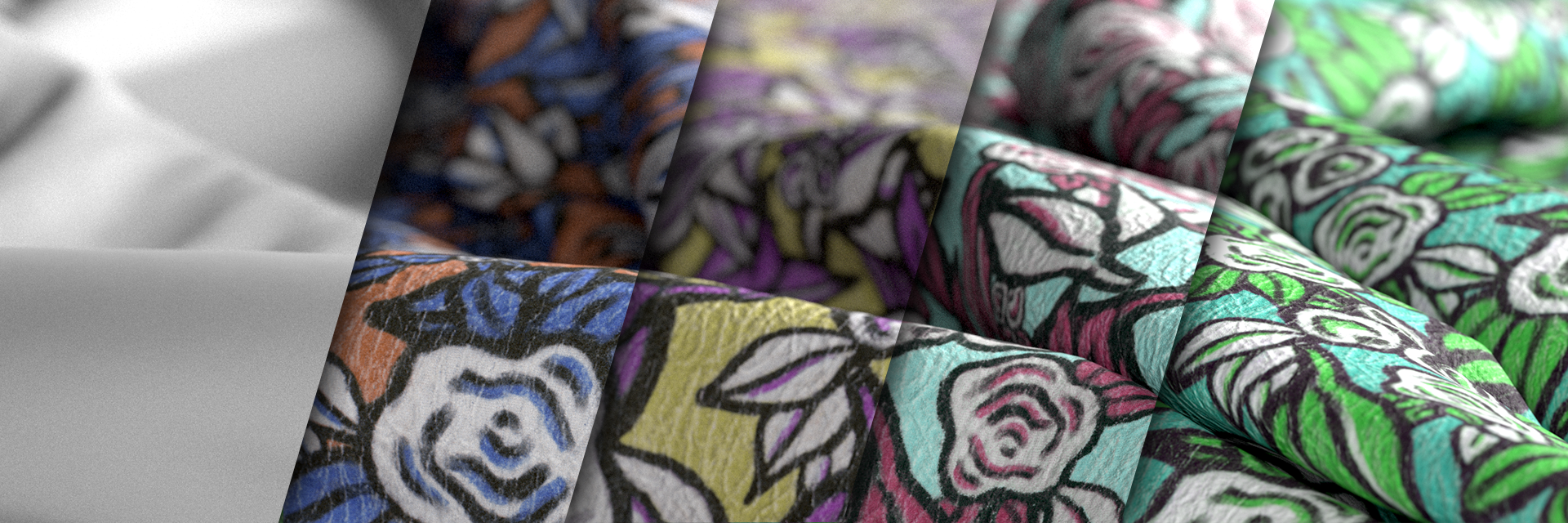
Resources for Digital Design with CottonWorks™
CottonWorks™ is committed to being a leader in digital fashion. In fact, its digital product creation (DPC) team continues to make great strides in establishing the brand as a respected industry resource in this category. Since 2020, Cotton Incorporated has been digitalizing the cotton-rich, inspirational fabric developments from the FABRICAST™ collection. This ever-expanding digital fabric library is a free resource available through the CottonWorks™ website, making it a great place for brands to begin experimenting with cotton in 3D design software.
“Digital fabrics act as twins for physical fabrics,” explains Katherine Absher, Fashion & Digital Design Marketing specialist at Cotton Incorporated. “They replicate the appearance, drape, and movement of a physical fabric in a 3D design environment.”
Resources for Digital Design with CottonWorks™
CottonWorks™ is committed to being a leader in digital fashion. In fact, its digital product creation (DPC) team continues to make great strides in establishing the brand as a respected industry resource in this category.
Since 2020, Cotton Incorporated has been digitalizing the cotton-rich, inspirational fabric developments from the FABRICAST™ collection. This ever-expanding digital fabric library is a free resource available through the CottonWorks™ website, making it a great place for brands to begin experimenting with cotton in 3D design software.
“Digital fabrics act as twins for physical fabrics,” explains Katherine Absher, Fashion & Digital Design Marketing specialist at Cotton Incorporated. “They replicate the appearance, drape, and movement of a physical fabric in a 3D design environment.”
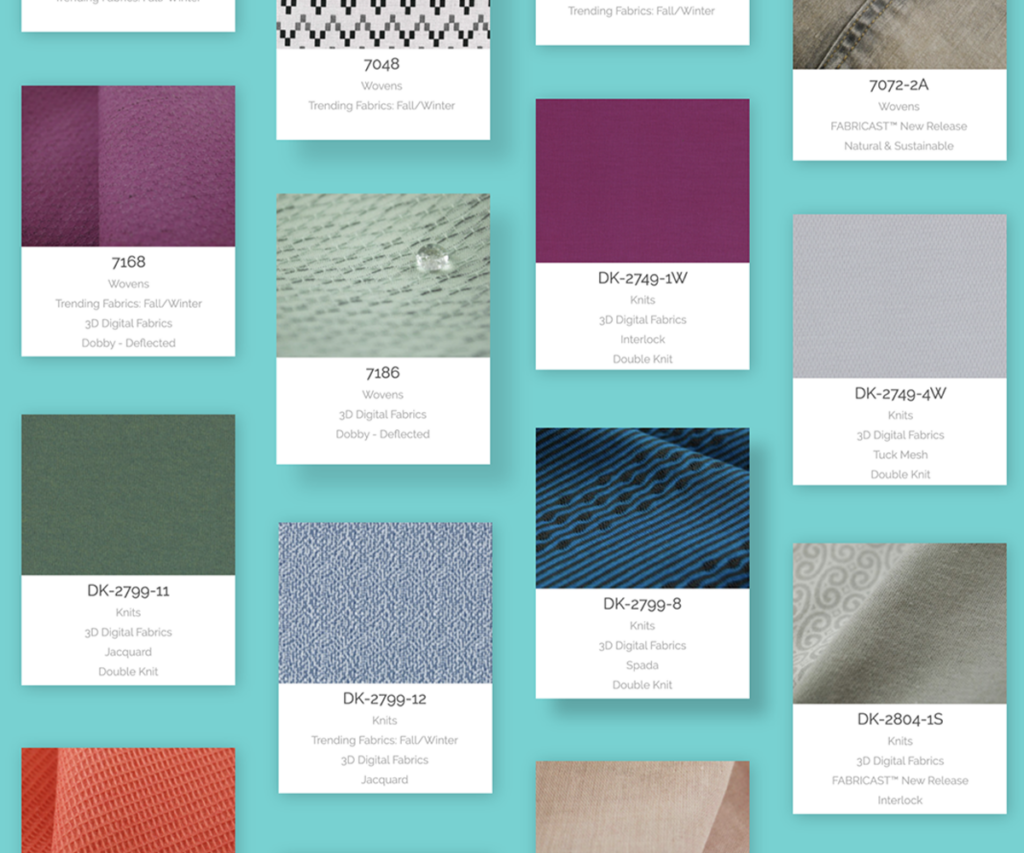
Accessing Digital Fabrics from CottonWorks™
To access digital fabrics on the CottonWorks™ website, users can sign up for a free CottonWorks™ account and navigate to the FABRICAST™ Digital Fabrics section. They can then browse through a robust fabric library and download digital files compatible with CLO3D and Browzwear, two of the leading 3D software options in fashion design. Digital fabrics on CottonWorks™ can be viewed in 3D and augmented reality (AR), which overlays a 3D model of the fabric into the user’s physical space through their smartphone.
What is a Digital Fabric?
There are three components of a digital fabric: the texture, physics properties, and data. The fabric texture refers to the surface appearance of the physical fabric, which is captured using a camera or scanner. Physics properties represent the fabric drape, or the way the fabric hangs under its own weight. To simulate the drape in 3D software, the fabric’s thickness, weight, bending, and stretching are measured with testing kits. Last, data such as the fiber content or supplier is added to the file, and the digital fabric is ready to use.
“CottonWorks™ is one of the only free sources for digital fabrics in the industry,” adds Absher. “It’s a valuable resource, especially for smaller brands that may be priced out of testing kits and scanners; brands that are beginning to experiment with their digital transformation journeys; and students who are getting started in the world of fashion and textiles.”

Join us February 27, at 2 p.m. ET for our Digital Fabrics 101 webinar to learn more about the basics of digital fabrics and their value in the fashion industry,
Register for Digital Fabrics 101 Webinar
Benefits of Digital Fabric—Efficiencies Gained, Time Saved
DPC methods provide many benefits to fashion industry design processes. “It’s helpful to think of DPC and digital fabrics as efficiency tools rather than replacements for physical fabrics or goods,” says Absher.
Compared with 2D technical flats, 3D prototypes provide designers with a more realistic visualization of the style and fabric much faster than having to wait weeks for physical samples. Digital fabrics allow designers to experiment with colors, prints, and graphics more efficiently than the traditional sampling and approval process. Since working in 3D is faster and easier, designers can make better decisions in less time, facilitating a more iterative overall process which can lead to improved designs. Digital clothing samples can also be used across a company’s internal processes such as line planning, merchandising, wholesale buying, store layout planning, and even for getting consumer feedback before physical samples are ever made.
“While DPC methods for fashion are still developing, they represent real efficiency gains that lead to reduced waste, and savings in time and money,” says Absher. “Beyond internal processes, brands can also expand uses for digital assets into consumer-facing applications such as e-commerce, virtual photography, and real-time interactive experiences like virtual stores. These expanded uses of 3D assets can reduce costs in other areas of the value chain and enable brands to connect with consumers in new ways.”
Potential gains in sustainability represent another reason why DPC is gaining traction. Brands with successful transitions to DPC have been able to substantially reduce physical sampling. For example, where a traditional process may require three to five physical samples to achieve an approval, DPC can replace most of those samples digitally, reducing the number of physical samples to one or two. Like a domino effect, fewer samples lead to less waste, lowered costs, and even reduced emissions that are associated with producing and shipping samples from suppliers to brands.
CottonWorks™ Evolves with a New Virtual Showroom
This year, Cotton Incorporated will launch the CottonWorks™ Virtual Showroom, an immersive 3D environment users can explore to engage with FABRICAST™ fabric developments. The showroom will present three collections of fabrics; one targeting the active and outdoor apparel market, another featuring developments from the CottonWorks™ trend forecast, and the third highlighting fabrics with sustainability benefits such as recycled cotton content, natural dyes and minimally processed fabrics. Users will be able to view each fabric as three different 3D clothing samples, download the digital fabric and view information about each fabric development.
“With the virtual showroom, we bring users an interactive way to experience cotton fabrics,” says Absher. “Before the virtual showroom, users could only view fabrics online as still images. Now users can visualize the fabrics as product ideas, and we hope users find the space to be engaging and inspirational.”
Register for a CottonWorks™ account for updates on all things cotton, including workshops, webinars, live events, and the virtual showroom release.

